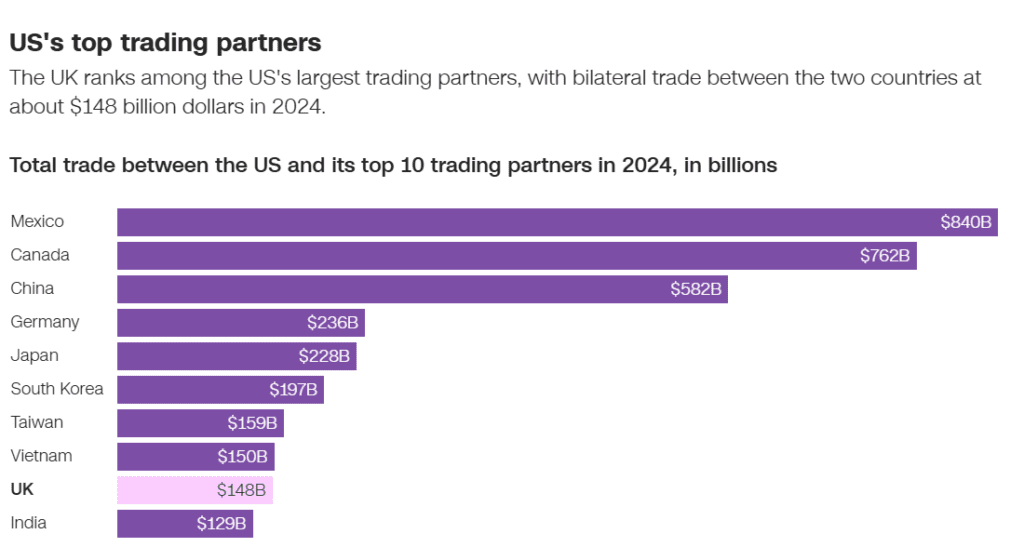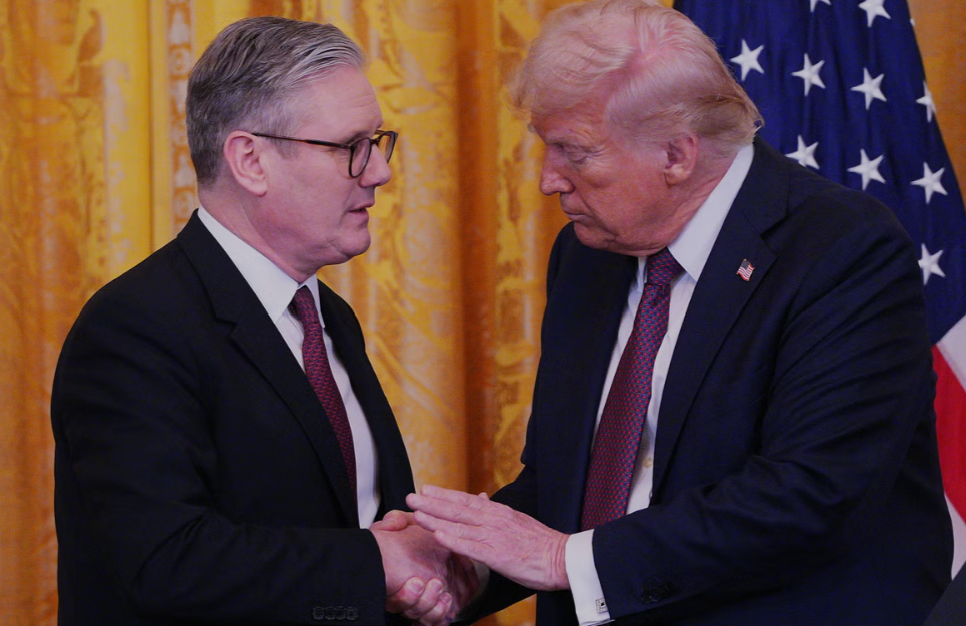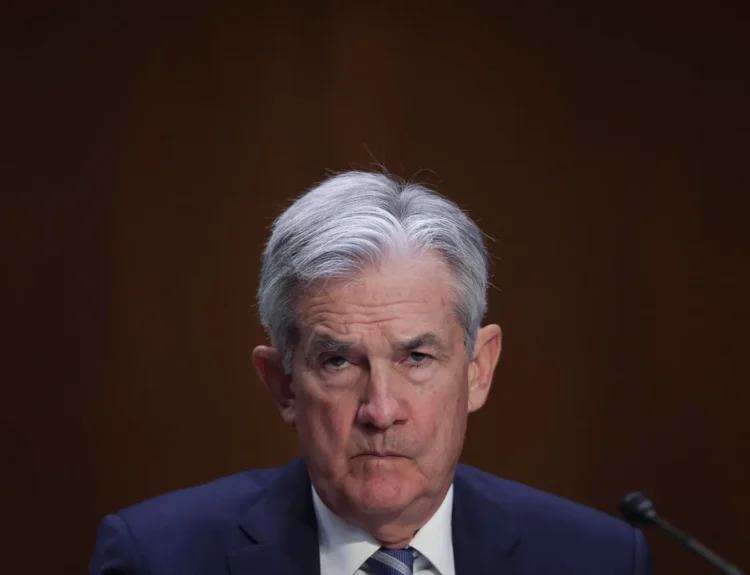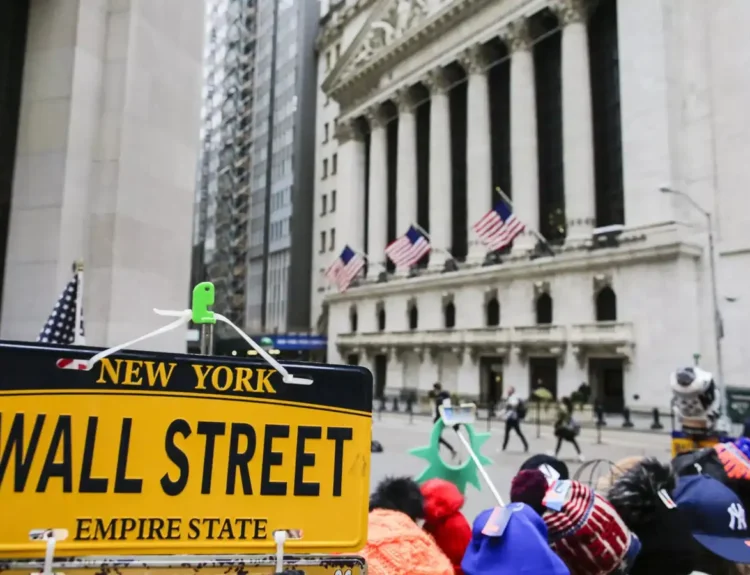President Donald Trump has unveiled the first trade deal of his second term, striking a new economic agreement with the United Kingdom, signaling potential easing of trade tensions and a pivot toward structured tariff relief amid his ongoing global trade war.
Trump announced the agreement from the Oval Office, joined by British Prime Minister Keir Starmer, who spoke via speakerphone to express optimism while acknowledging that “some of the details still need ironing out.”
Key Details of the Deal
Export & Revenue Gains:
- Trump projects $5 billion in U.S. export opportunities and $6 billion in external revenue from the agreement.
- US agricultural goods, particularly beef and ethanol, will gain dramatically increased access to the UK market.
Tariff Adjustments:
- The U.S. will cut tariffs on UK-made cars to 10%.
- US cuts steel & aluminium tariffs to zero
- Beef tariffs will be reduced “close to zero”
- UK automakers will receive a 100,000-car export quota at the reduced tariff rate.
- However, Trump’s 10% universal tariff remains in place, per Commerce Secretary Howard Lutnick.
- Lutnick: UK to announce $10B order for Boeing ($BA) planes
Non-Tariff Barriers: The UK will reduce non-tariff trade barriers, including eliminating its 2% digital services tax on U.S. tech companies.
Customs Efficiency: The UK agreed to “fast-track” American goods through customs.
Political Framing:
“With this deal, the UK joins the United States in affirming that reciprocity and fairness is an essential and vital principle of international trade,” Trump said.
Strategic Importance
- The UK is America’s largest goods export market, receiving over 30% of UK exports last year.
- The U.S. ran a $12 billion trade surplus with the UK in 2024 — a key reason this deal was prioritized.
- Trump officials emphasized this as “the first of many,” with India, Japan, and South Korea next in line for trade agreements.


Still Not Finalized
- Both leaders confirmed the deal is not yet fully signed:
Starmer: “We can finish ironing out some of the details.”
Trump: “The final details are being written up in the coming weeks.”
Context and Outlook
This agreement follows Trump’s April 7 “reciprocal” tariffs — sweeping duties on nearly all imports — which were paused for 90 days to allow space for trade negotiations. With one-third of that window already gone, Trump faces mounting pressure to deliver multiple deals before tariffs resume in July.
Economists warn that while the UK deal is a positive sign, it may have limited economic impact on its own. As Jacob Jensen of the American Action Forum noted:
“There’s a big difference between formal, written trade agreements and verbal commitments. One shapes long-term economics; the other can vanish overnight.”
The IMF, World Bank, and Federal Reserve have all issued warnings that the broader trade war could push the U.S. and global economy into recession. But Trump’s team sees this deal as a blueprint for securing fast bilateral wins with strategic allies.
Disclosure: This article does not represent investment advice. The content and materials featured on this page are for educational purposes only.
Related:
Trump expected to announce trade agreement with United Kingdom
What Jerome Powell said after Fed leaves key interest rate unchanged
US-China Trade Talks to Start This Week as Tariffs Start to Bite
India, UK successfully conclude mutually beneficial Free Trade Agreement
EU Eyes €100 Billion of US Goods With Tariffs If Talks Fail
China, Japan and South Korea will jointly respond to US tariffs
Supermicro Q3 Fiscal 2025 Earnings Preview and Prediction: What to Expect
Palantir Q1 2025 Earnings Report — Why the Stock Popped (Then Dropped)










